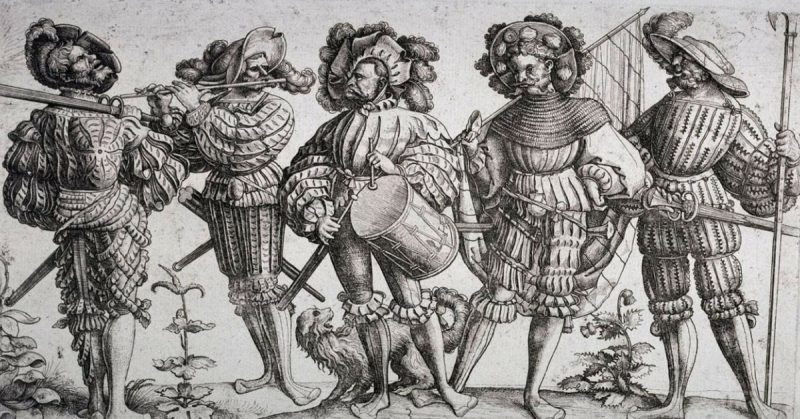For four hundred years, the Crusades had seen European powers take war deep into lands far from home, under the banner of Christianity. The clash of cultures and the religious fervor of both sides made for some of the most brutal warfare of medieval times.
But the centuries passed, and as time went by the appetite for Crusades dwindled, but the power and territory of the Ottoman Empire grew and grew. By the 16th century, the power of the Ottoman Sultan was at its peak. After Constantinople fell to the Sultan Mehmed the Conqueror, conquest continued unabated, and more and more territory came under Ottoman control.
So it was that, less than a hundred years after the fall of Constantinople, the Ottoman Sultan Suleiman the Magnificent set his sights on the great city of Vienna. The determination of Suleiman was not to be underestimated, as evidenced by the sieges of Rhodes where the Ottomans were devastatingly pushed back only to come back a few years later to take the island and city. The Ottomans had power at sea, but they looked to strike deep into Europe.
Suleiman gathered his massive force in Bulgaria, a decent way away from Vienna. His army was at least 120,000 strong, with multiple groups of the elite Sipahi cavalry and the renowned Janissaries. The city of Vienna had very few men for the defense, about 21,000. Civilian militias were supported by mercenaries from all over Europe, included Spanish Musketeers and the elite German Landsknecht pikemen.
The defense of the city was entrusted to the 70-year-old German mercenary, Nicholas, who had gained great fame for previous battlefield exploits. Nicholas knew that the Ottomans would likely try full out assaults rather than a lengthy siege and set about blocking the gates. Earthen ramparts were built up to reinforce the walls and buildings were destroyed to make room for the extra defenses.
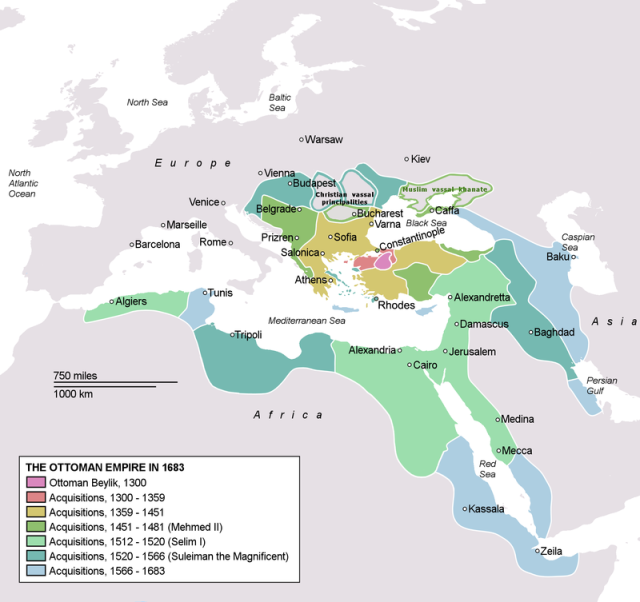
The Ottomans had to fight both the hostile peoples and the hostile terrain on their way to Vienna. Harsh and relentless rains made for a sluggish march and the dampness spread disease and bogged down the heavy artillery. By the time Suleiman arrived at the gates of Vienna his army was already ready to march home.
As the Ottomans began to dig in their fortifications for the siege, the opportunistic defenders launched their own attacks, catching the Ottomans off guard. With less artillery than he hoped, Suleiman’s strategy was to dig underneath the walls and use mines to collapse wall sections. Well-timed counterattacks by the defenders collapsed the tunnels and caused multiple casualties; the defenders lost a lot of men during these attacks as well.
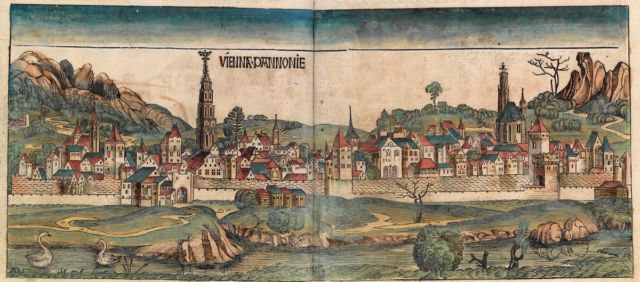
After weeks of fruitless assaults and thwarted tunnels, more rain fell and further dampened the fighting spirit of Suleiman’s army. Men were still succumbing to various illnesses and supply lines were sketchy at best. Even the elite Janissaries were pleading with the sultan to either mount a full assault or simply leave.
On October 12th the Ottomans launched their full assault, crashing into the walls of Vienna. The heavily outnumbered defenders were aided by civilians and stood firm against the best of the Ottoman forces. The ramparts allowed for easy maneuvering to get to the crisis areas. The German pikemen were especially valuable in defending critical chokepoints, while the Spanish Musketeers poured shots into the Ottoman masses.
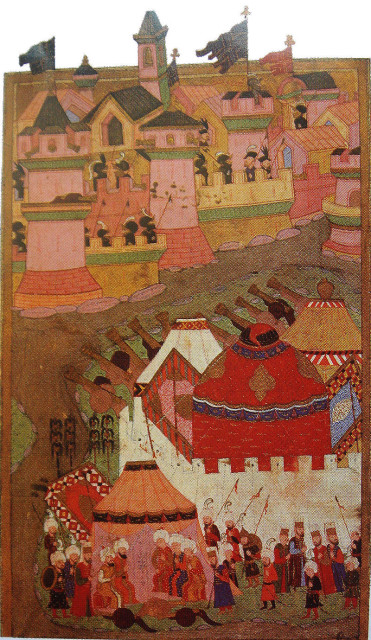
With their last big assault failing, the Ottomans decided to retreat. Even here they fought the weather as an early heavy snow made the retreat sloppy and dangerous. Almost all of their baggage was left behind, along with many of their artillery pieces.
It is possible that Suleiman never actually intended to take the city with this assault and just wanted to weaken it with an early blow before coming back, a strategy he had employed before. The forces at play, however, suggest that Suleiman certainly did hope to take the city with the first campaign, as he was already in a precarious situation when he ordered the last ill-advised assault. Any commander thinking about just weakening a city would have cut his losses much earlier and come back under more favorable conditions.
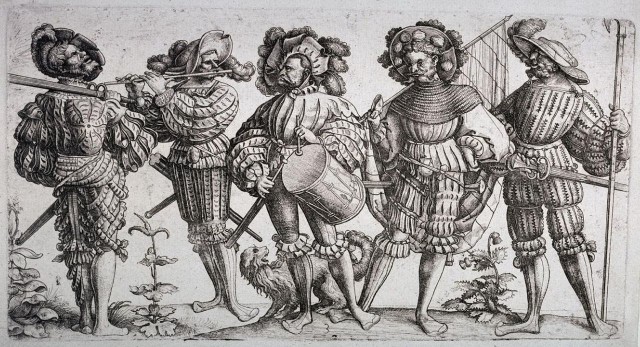
The battle was relatively small, and the siege over fairly quickly, but the ramifications of the battle were massive. Most importantly, it showed that the Ottomans could campaign too far as the rough march and incomplete supply lines were some of the biggest underlying reasons for the Ottoman defeat. It was also one of the first real setbacks for the Ottomans, as this was not simply a side-mission, but a royal army led by the Sultan himself.
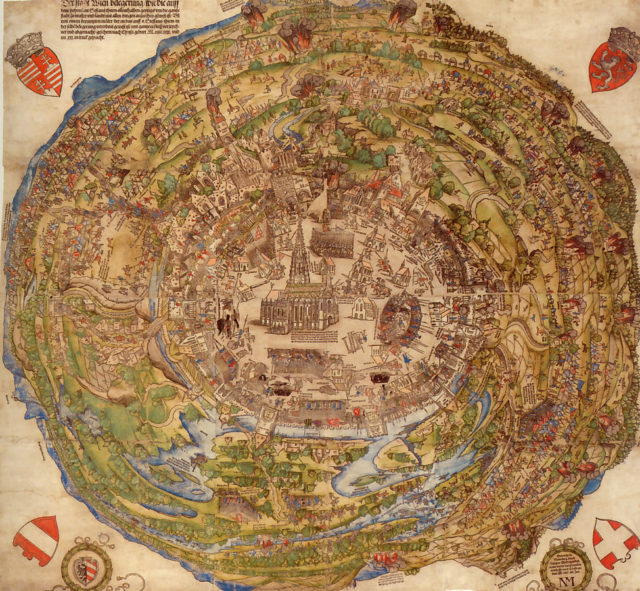
In the short term, the defeat at Vienna would prove to be a minor setback for the Ottomans, and they would quickly go on to win several victories, particularly at sea. Some historians have pointed to this battle as the beginning of the Ottoman decline, despite the bounce back.
The battle also showed how much the Christian defenders could expect to pay for a victory over the Ottomans. Though they were victorious, the defenders suffered extremely heavy losses, as Ottoman armies typically absorbed far more casualties before retreating, as seen at the earlier sieges of Constantinople, Rhodes and the later siege of Malta.
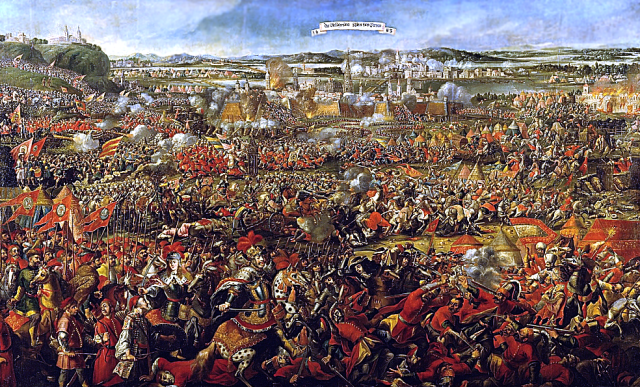
The siege also showed the Christian powers the need to band together to fight the Ottoman incursions into Europe. This would eventually lead to the formation of the Holy League and the much-needed sea victory at the Battle of Lepanto. In one of the largest naval battles of the Medieval and Renaissance period, the Ottoman naval supremacy was shattered by a multinational European navy under the banner of the Pope.
After defeat in Vienna in 1529, and then crushing loss at Lepanto in 1571, the peak of the Ottoman Empire had come and gone. Though it retained power for many hundreds of years, the days of Sultan Suleiman had seen a greatness which would not come again.
By William McLaughlin for War History Online
